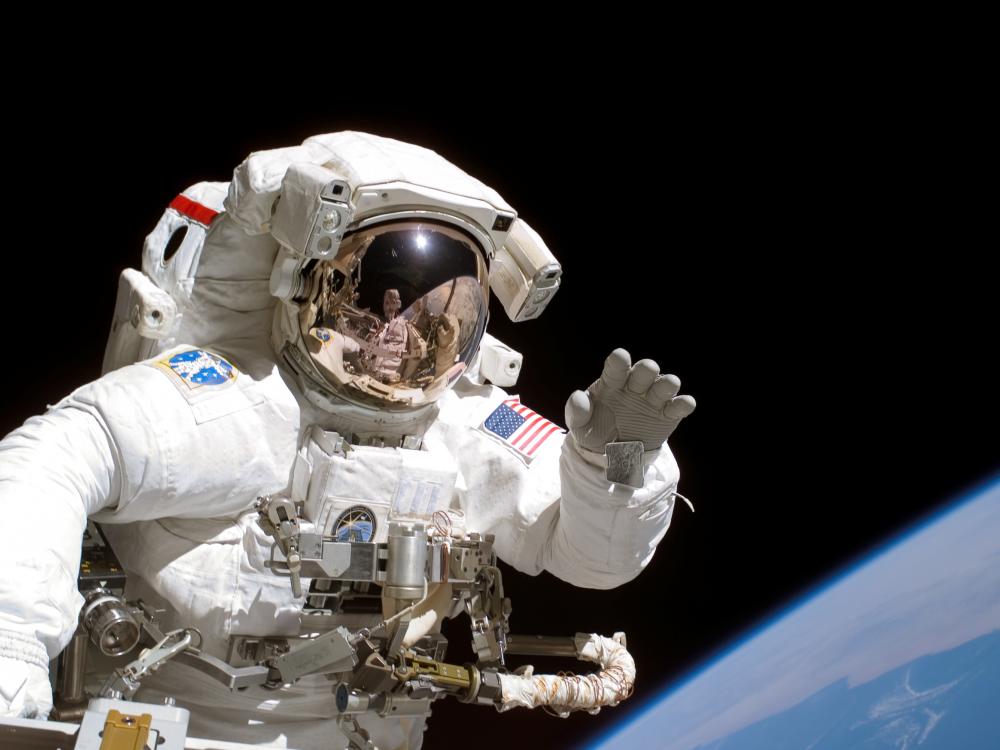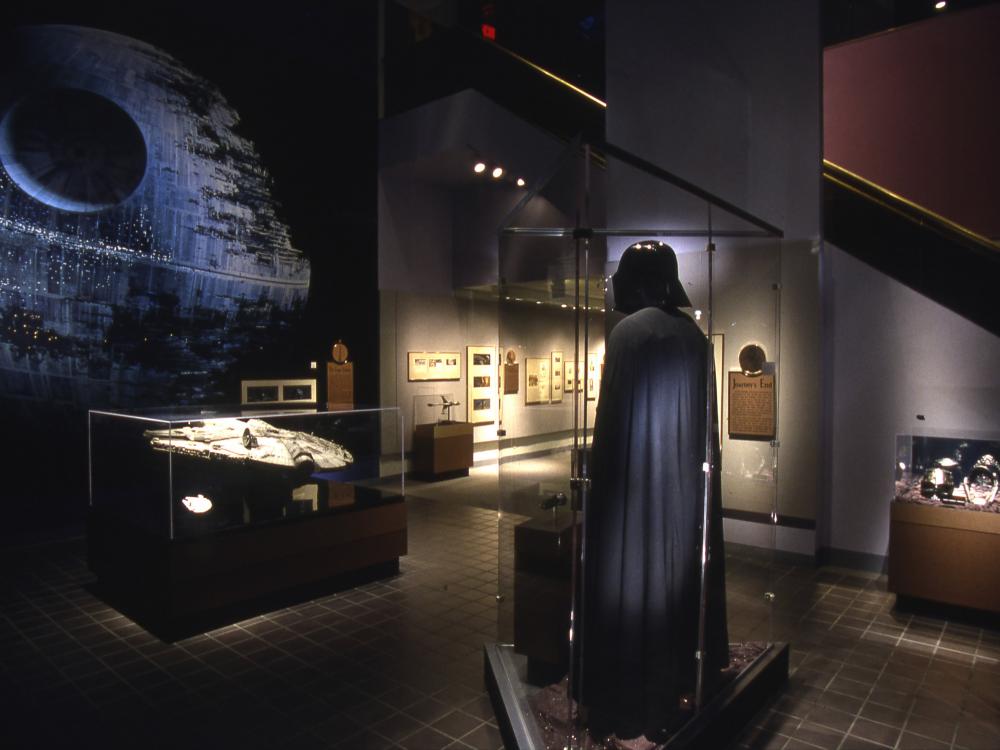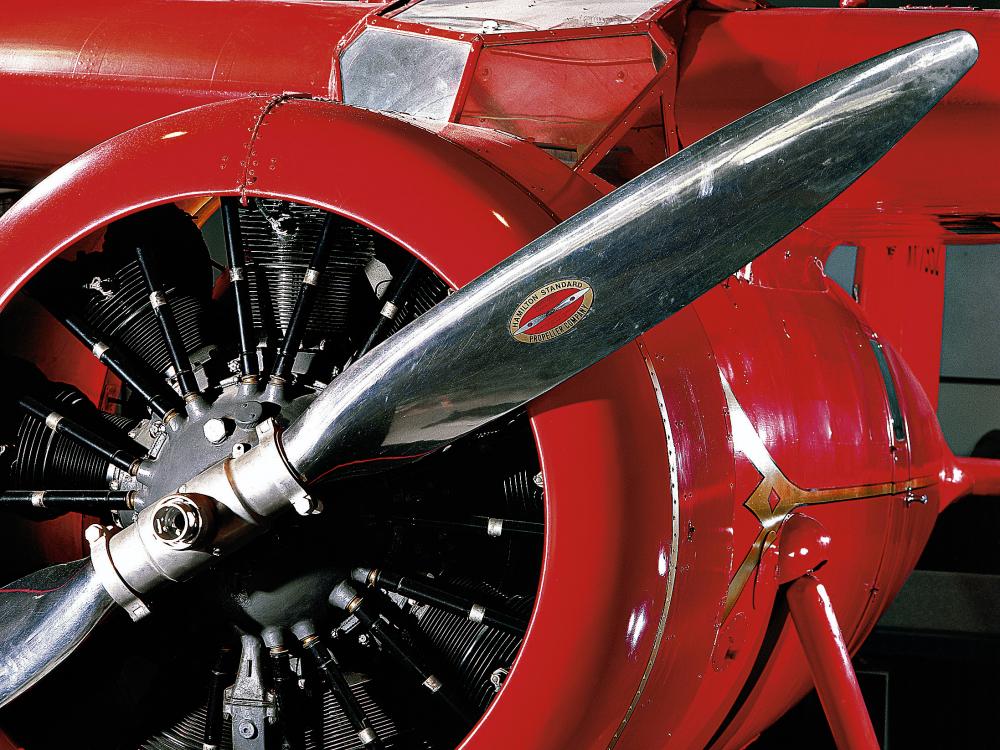
How does an airplane stay aloft? How can something as insubstantial as air support all that weight? Why do you become "weightless" in space? How can you propel yourself there, with no air to push against? These and many other questions are answered in How Things Fly.

Extra-vehicular activity, or EVA—working outside a spacecraft—changed the nature of human spaceflight. It made possible walking on the Moon, servicing the Hubble Space Telescope, and building the International Space Station. It remains crucial to our ongoing presence in space.



